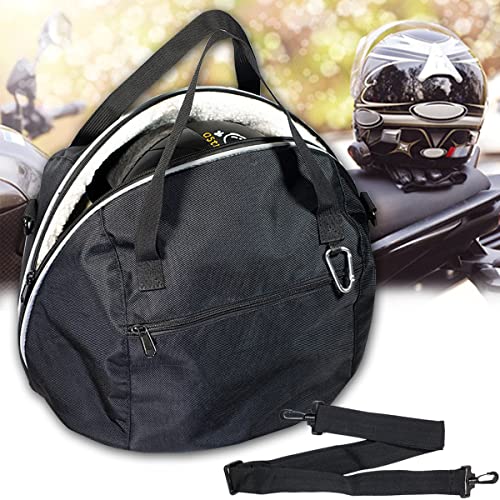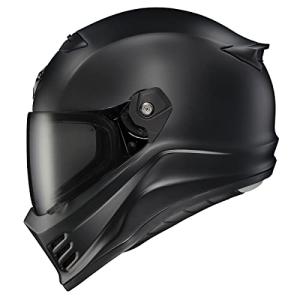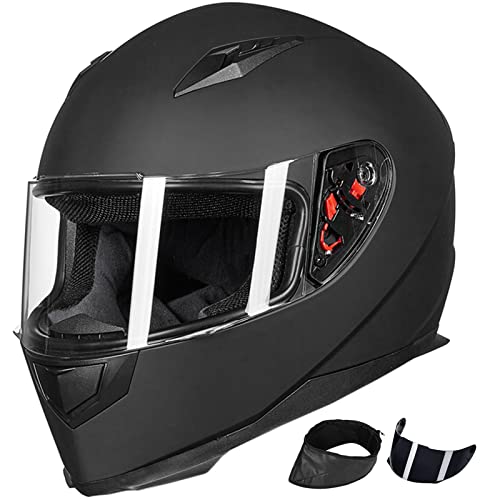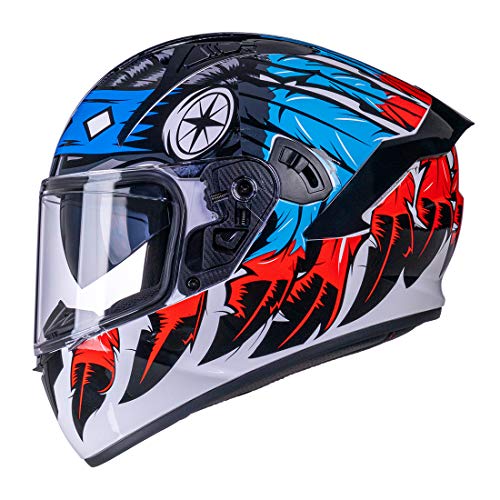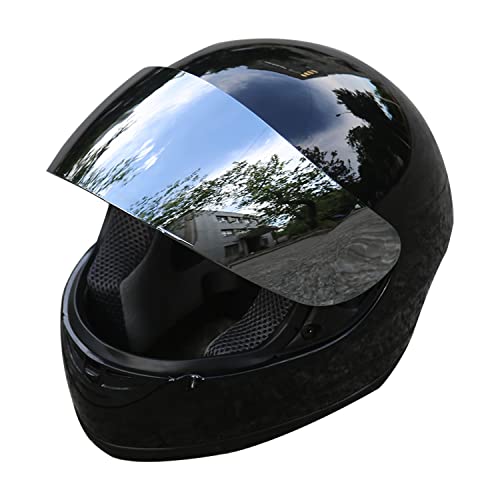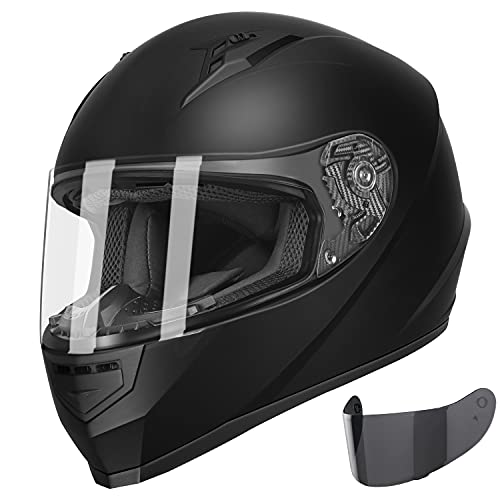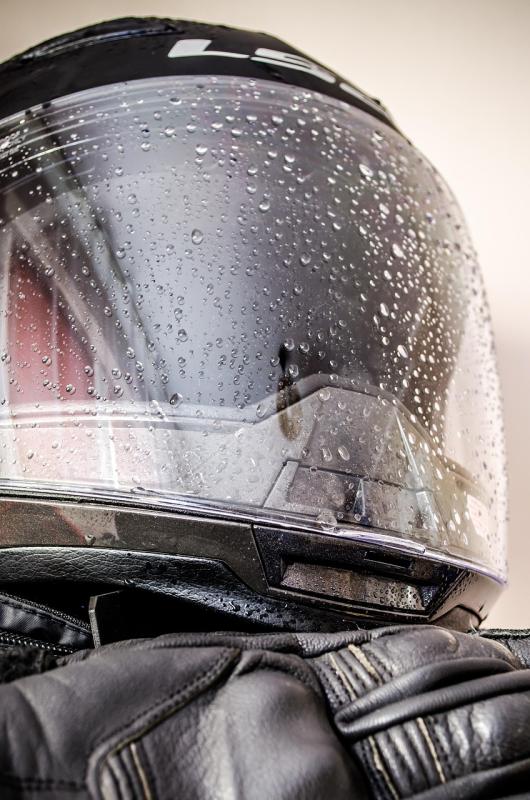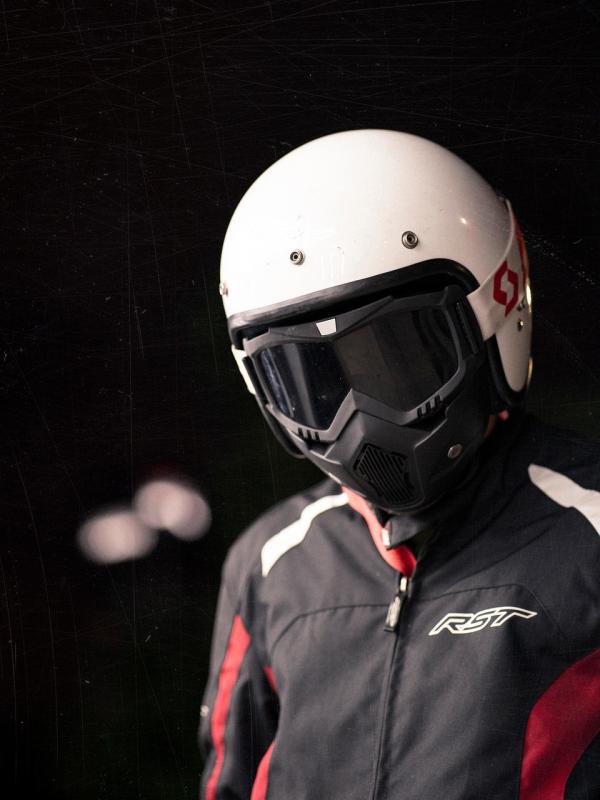When you hit the road on your bike, knowing the motorcycle helmet laws in your state is crucial for your safety and peace of mind. Every state has its own rules about wearing helmets, and these can vary widely. Some states require all riders to wear helmets, while others only require them for younger riders or those with limited experience. Here’s a quick breakdown.
In states like California and New York, it’s a full-helmet law. Everyone has to wear a helmet, regardless of how long you’ve been riding. These laws are super strict because they aim to protect all riders on the road.
On the flip side, states like Florida and Texas take a different approach. They have partial helmet laws, meaning if you’re over a certain age and have proper insurance, you can ride without a helmet. But remember, just because you can ride without one doesn’t mean you should. Helmets save lives!
Then you have states like New Hampshire, where there are no helmet laws at all. Yup, you read that right! It’s all about personal choice there. Just be sure to weigh the risks if you decide to ride without a helmet.
It’s always a good idea to check the motorcycle helmet laws before you hit the road, especially if you’re traveling. These laws aren't just about compliance; they’re designed to keep you safe. And of course, you can still choose to wear a helmet even if the law doesn’t require it. Your head will thank you later!
Key Safety Standards You Should Know
When it comes to motorcycle helmet laws, understanding the safety standards can really make a difference. Helmets are not just accessories; they’re your first line of defense on the road. Different places have different rules, but some key safety standards stand out wherever you ride.
One major standard to look for is DOT certification. If a helmet has a DOT sticker, it meets the minimum safety requirements set by the Department of Transportation. This means it’s designed to absorb shock and protect your melon in case of an accident. Always check for this before you hit the road.
Another important standard is Snell certification. This is often regarded as being even tougher than DOT. Helmets that meet Snell standards go through rigorous testing for impact and retention. If you can find a helmet with both DOT and Snell approval, you’re getting serious protection.
Lastly, look for the ECE mark if you plan to ride in Europe or some other parts of the world. The Economic Commission for Europe has strict testing criteria, and a helmet that meets these standards is a solid choice. Remember, understanding these helmet laws is crucial for your safety and ensuring you're compliant wherever you ride.
Lightweight Water-Resistant Motorcycle Helmet Bag
Keep your helmet safe and dry on the go with this lightweight and water-resistant bag
Product information
$25.99
Product Review Score
4.83 out of 5 stars
209 reviewsProduct links
Exceptions to Helmet Requirements
When you hit the road on your motorcycle, understanding the local motorcycle helmet laws can save you from fines and keep you safe. But sometimes, there are exceptions to these laws. Let’s break down what those exceptions might look like so you can ride with confidence.
First off, some states have different helmet laws for riders based on age. For example, if you're over a certain age, you might not need to wear a helmet as long as you have the right safety gear or insurance. This can really vary from one state to another, so it's important to check before you ride.
Another exception comes into play for certain types of motorcycles. In some areas, if you’re on a motorcycle that's classified as a scooter or a moped, the helmet requirement may not apply. These bikes often fall under different regulations, and while they might seem safer, you should always consider your own safety first.
Some riders might qualify for exemptions due to medical reasons or personal disabilities. If you have a specific condition that prevents you from wearing a helmet, you may be able to ride without one legally. Just make sure you have the proper documentation that could be needed for such exceptions.
Lastly, if you’re riding on private property or a racetrack, most places won’t require you to wear a helmet. Just keep in mind that while the laws might not apply, safety always should be your top priority!
ScorpionEXO Covert FX Full Face Helmet - Matte Black
Experience unmatched protection and style with the versatile ScorpionEXO Covert FX Full Face Helmet in sleek matte black
Product information
$284.95
Product Review Score
4.62 out of 5 stars
201 reviewsProduct links
Tips for Staying Compliant On the Road
When it comes to hitting the road, staying compliant with Motorcycle Helmet Laws is crucial. Helmets aren’t just about style; they’re about safety and legal requirements. The last thing you want is to get pulled over or, even worse, to put yourself at risk. Here are some tips to keep in mind.
First off, always check the laws in each state you plan to ride through. Some states have strict helmet laws, while others give you a bit more freedom. Don’t assume that what works in one place will work in another. A quick online search or a call to a local motorcycle club can give you the info you need.
Next, make sure your helmet meets safety standards. Look for labels that show it’s DOT-approved or meets other recognized safety certifications. Riding with a helmet that’s not up to par can get you in hot water and put your safety on the line. Plus, it helps you avoid fines.
Don’t forget about the type of helmet you choose. Some states allow specific styles, like half helmets. Others might require full-face helmets. It’s smart to pick a helmet that fits the law and fits you well. An ill-fitting helmet can be just as dangerous as not wearing one at all.
Lastly, keep an eye on any changes to Motorcycle Helmet Laws. Laws can change, often without much notice. Being aware of any updates means you’ll always ride legally and safely. Join online forums or local motorcycling groups to stay in the loop about any developments in your area.

